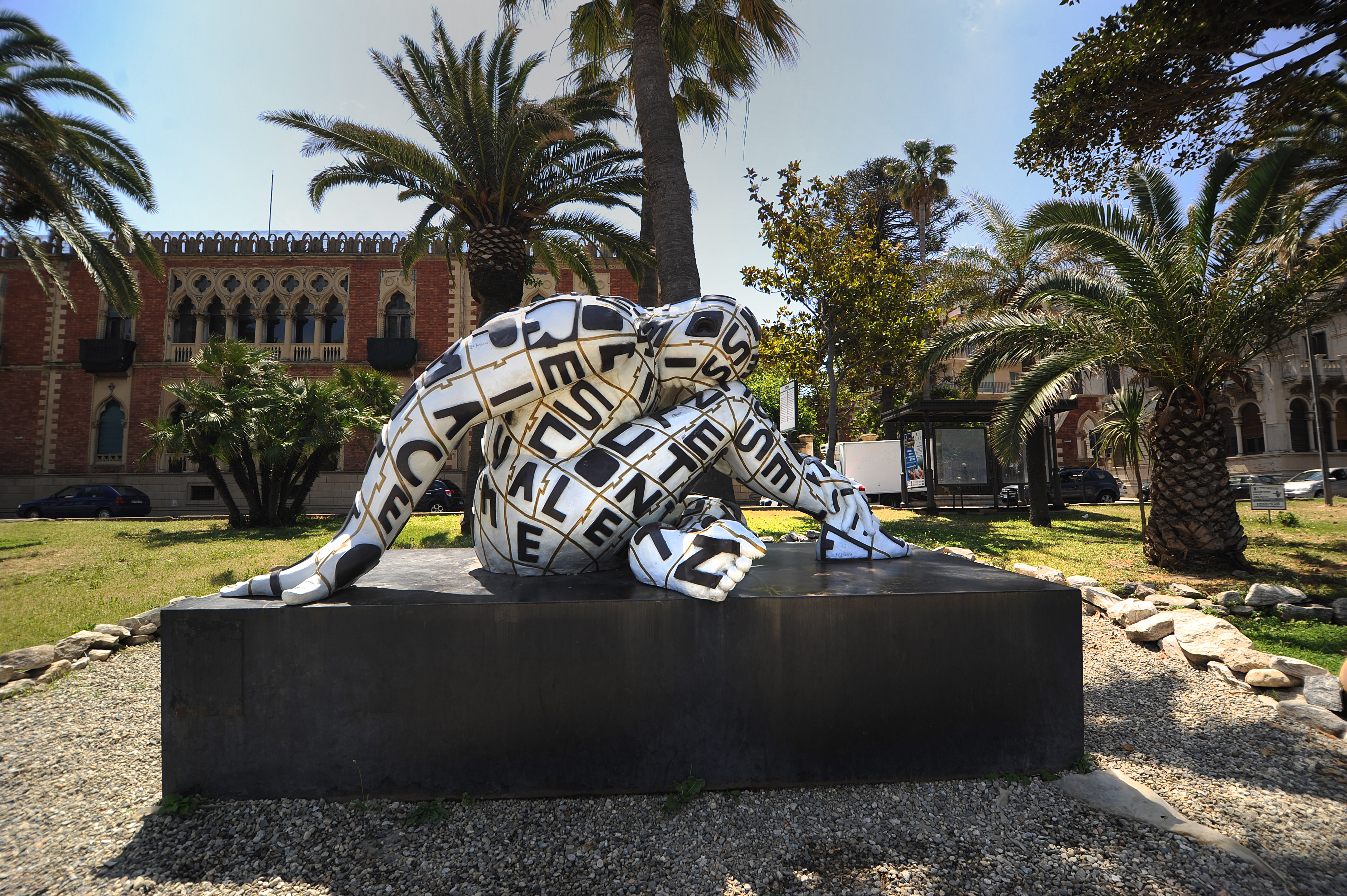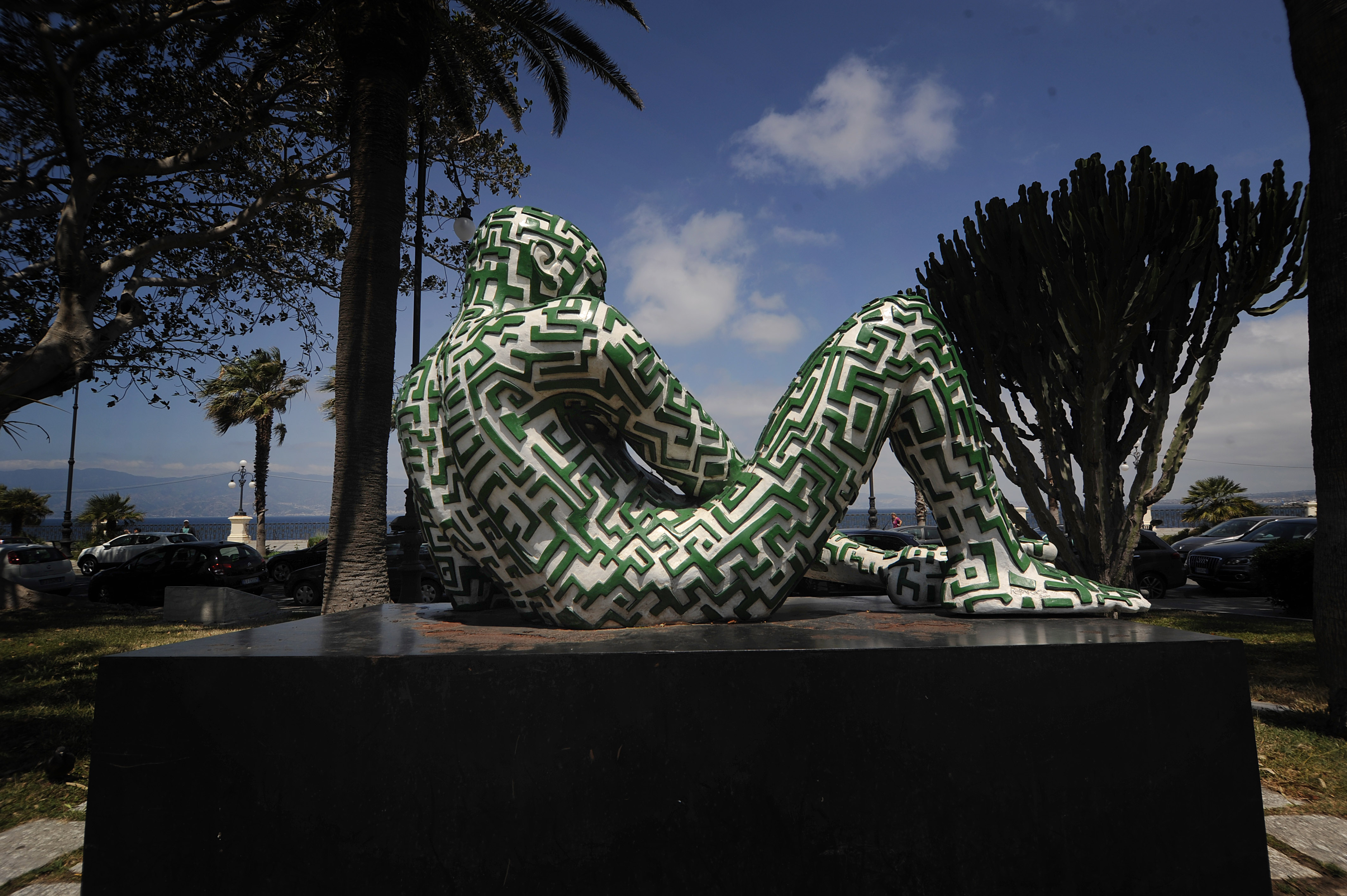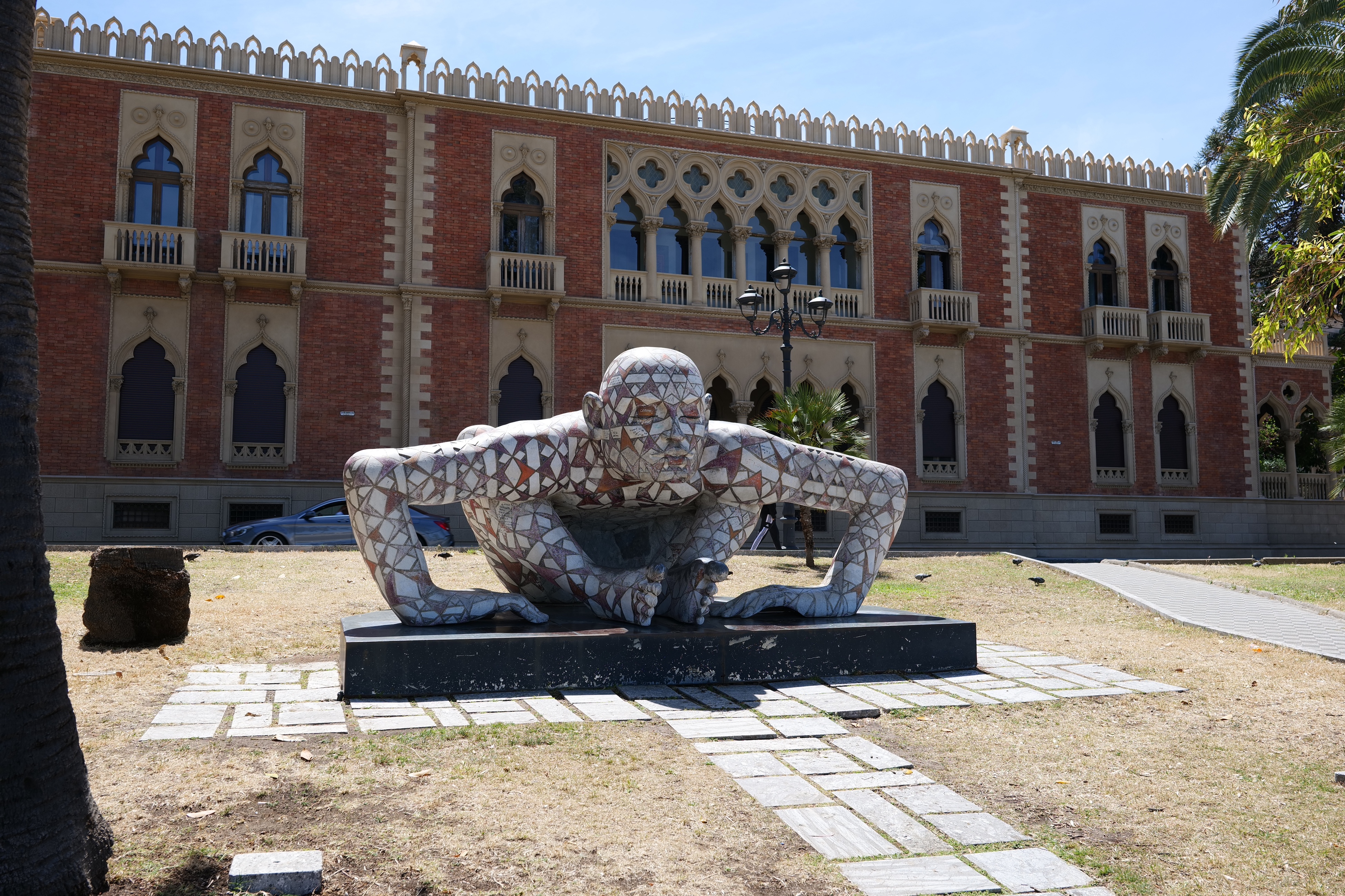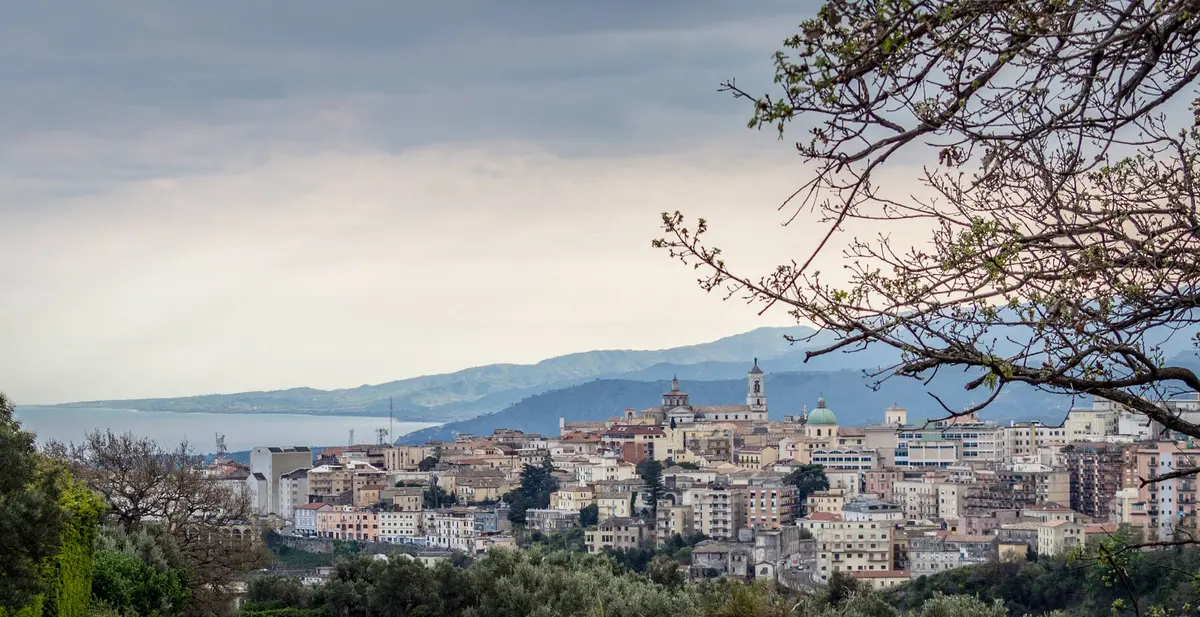Journey to Reggio Calabria, among the works of Rabarama
Among the most instagrammed sculptures in Calabria are Rabarama's works in Reggio Calabria
Art and Culture
Opere Rabarama, Reggio Calabria - Regione Calabria
Among the most instagrammed sculptures in Calabria, Rabarama's works in Reggio Calabria, along the splendid Via Marina, are an explosion of colours and plastic poses.
Visitors to the city cannot fail to be fascinated by the works of this original artist, born Paola Epifani (born in Rome in 1969).
One encounters them on foot or by car along the street parallel to the famous Lungomare Falcomatà, alternating with other characteristic elements, such as the monumental Ficus Constrictor, the "strangler trees" whose roots are themselves natural works of art; or the epigraphs that tell the most ancient history of Reggio Calabria.
Rabarama statues in Reggio Calabria
Rabarama, Reggio Calabria and contemporary art: a fascinating and colourful juxtaposition that, starting in 2007, the year the city chose to transform Via Marina into an en plein air museum, offers visitors the chance to interact with one of Calabria's best-loved art installations.
The Rabarama-Reggio Calabria encounter begins with a personal exhibition entitled Identità (Identity), an exhibition of over 70 works in the context of Villa Zerbi. Here, the Roman artist, who loves to indulge herself with different materials and expressions (sculpture, statues, paintings and various other works), presents some of her most precious sculptures to the people of Reggio Calabria.
These include the three works by Rabarama that can now be admired near the waterfront: Trans-lettera, Labirintite and Co-stell-azione, all created in 2000.
The first, Trans-lettera, is a bronze statue painted black and white, evoking the universe of letters and crossword puzzles, subtending the alphabet as a constraint on the very expressiveness of language. An invitation to go beyond the use of handwriting, as the title suggests.

The second of Rabarama's works exhibited in Reggio Calabria is Labirintite. Another bronze statue, this time painted white and green, it depicts the "labyrinth of the inner self" that everyone carries around with them, for better or worse. In contrast to the relaxed posture, the labyrinthine decoration creates disquiet and invites one to seek a way out of one's limitations.

Finally, Co-stell-action, among Rabarama's works purchased by the city, represents a set of stars in white and amaranth painted on the surface of a statue in a meditative, yoga-like posture, folded in on itself.

Each of these subjects has no gaze, or rather, turns it inwards, into a world to be explored. The vivid colours and plasticity of Rabarama's works make one long for a photo in their company.
Among the most iconic shots of people visiting the city and its seafront.
Contemporary art in Reggio Calabria
Not only Rabarama! Reggio Calabria, the city that was the birthplace of Umberto Boccioni, one of the founding fathers of the Futurist movement and Italian contemporary art, opens its gaze to the works of some of the most important artists on the current scene.
The Lungomare Falcomatà also becomes the setting for a recently inaugurated installation: Opera (2020), commissioned from artist Edoardo Tresoldi, an explicit reference to the city's Magna Graecia origins.
Consisting of a colonnade of 46 columns, covering an area of 2500 square metres, the structure is made entirely of wire mesh. Its significance? The artist explains it to us:
I wanted to create a monument to celebrate the contemplation of the Strait and thus play with the elements of the park in which Opera is located. It is an open architecture that accompanies people's moments of contemplation within the space.

Lovers of contemporary art can visit several private galleries in the city, the permanent exhibition at Palazzo della Cultura "P. Crupi" and the exhibitions organised periodically by the Academy of Fine Arts of Reggio Calabria.
https://calabriastraordinaria.it/en/news/journey-to-reggio-calabria-among-the-works-of-rabarama






